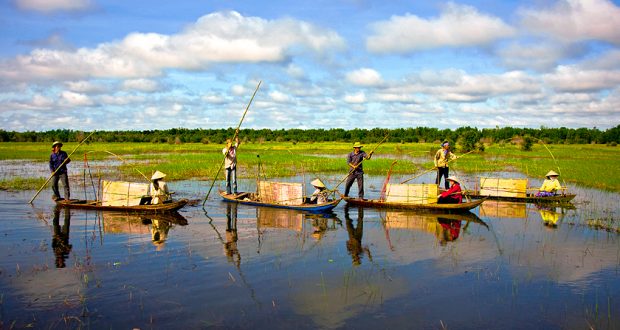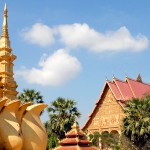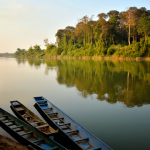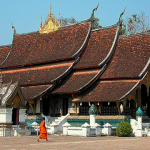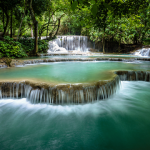Dong Thap
Dong Thap is a newly-cultivated area in about 17th and 18th century, under Nguyen dynasties. Dong Thap is also well known for fruits, specifically as Cao Lanh mango, Lai Vung mandarin, Chau Thanh longan and Phong Hoa grapefruit (fruit-able during the year), etc. which bring about high economic values for gardeners. Of all the total area of 30,000ha, fruit-trees reach an output of more than 150,000 tons per annum. Within the province, there are various typical orchards having been specialized to produce consistent quality fruits, which aims at building up brand-name and meeting export requirements.
With a large river body, fishery stand after rice to become the 2nd advantage of the province. Aquaculture is widely developed all over the region, especially catfish and blue-legged prawn. The water surface area for aquatic breeding reaches 5,285ha, where farmers focus on breeding prawns in rice fields and fish in warps along Tien River and Hau River. Each year, Dong Thap supplies over 290,000 tons of fish and thousand tons of blue-legged prawns for export processing, accomplishing an export turnover of hundred millions of US dollars.
Generous natural conditions and submerged in-land ecosystem have awarded Dong Thap with multiple valuable ecotourism resources. The first which should be mentioned is Tram Chim National Park, known both locally and internationally. This is a miniature ecological model of Dong Thap Muoi and the habitat of red-head cranes – a precious bird species protected by the world. Tram Chim National Park also achieves 7 out of 9 criteria in the Ramsar list of wetlands of international importance. Next is Gao Giong ecotourism site. This is a 2,000ha complex of cajeput forest where more than 15 species of precious birds live, nest and lay eggs. Besides, the site offers a rich variety of aquatic resources, etc.

